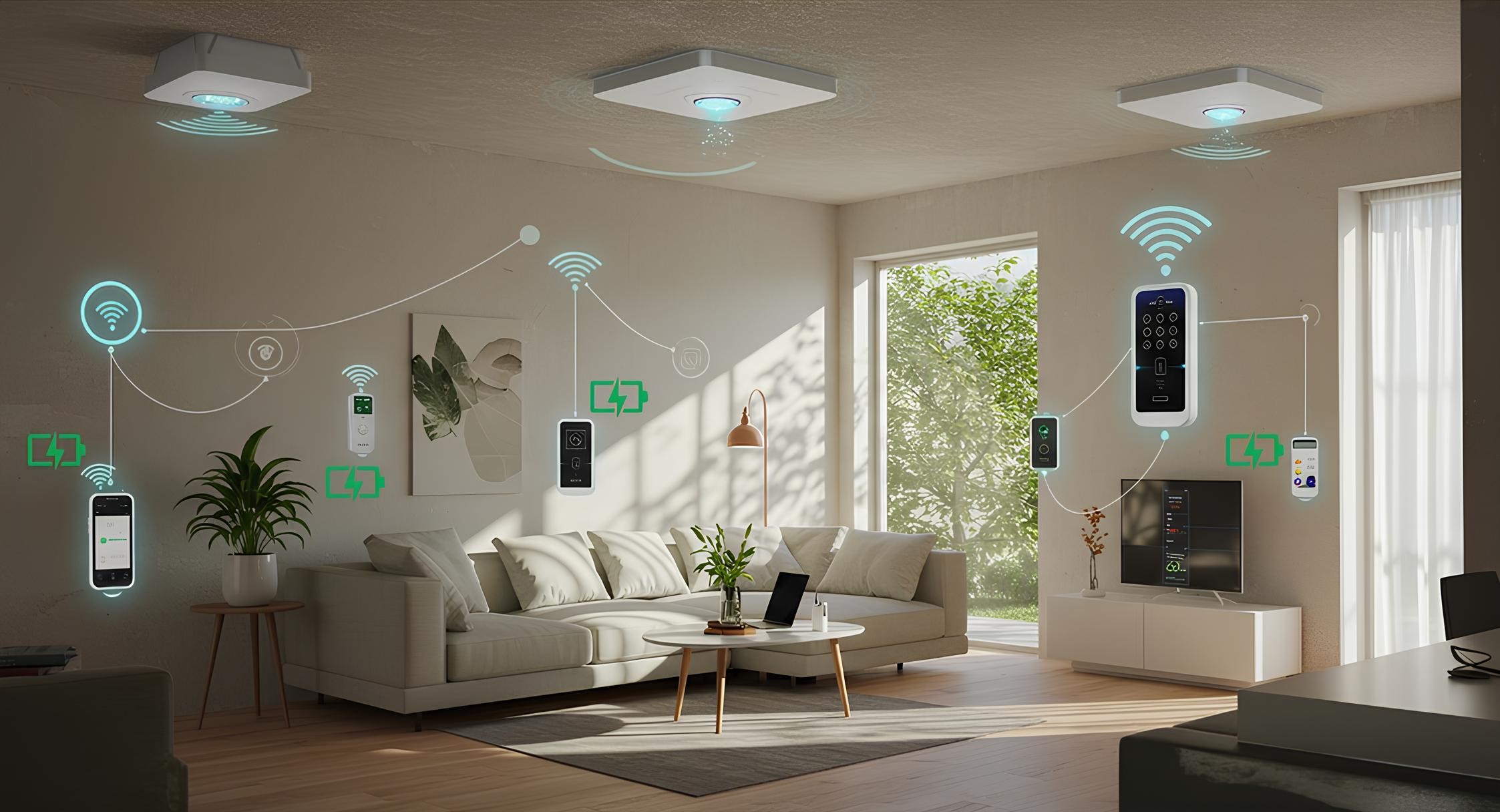The Future of Wireless Power: Beyond Qi Charging
Wireless charging has come a long way from its initial experiments to the widely adopted Qi standard used in today’s smartphones and wearables. However, while Qi charging eliminated the need for cables, it still requires physical contact with a charging pad, limiting true mobility and convenience.
Imagine a world where your devices charge automatically as you enter a room, where electric cars replenish their batteries while driving, and where wireless energy is transmitted over vast distances, much like Wi-Fi delivers internet today.
At WARP Solution, we are dedicated to advancing next-generation wireless power technologies, working toward radio frequency energy transfer solutions that will redefine how the world stays powered. As an industry leader, our goal is to move beyond traditional Qi charging and bring truly wireless energy transmission to homes, businesses, and smart cities.

The History of Wireless Power
The concept of wireless power transmission (WPT) dates back over a century. The early pioneer of this technology was Nikola Tesla, who envisioned a world where energy could be distributed wirelessly using electromagnetic waves. In the late 1800s, Tesla demonstrated resonant inductive coupling, successfully lighting up bulbs wirelessly. However, due to a lack of investment and technical limitations, his Wardenclyffe Tower project, designed to provide wireless electricity globally, was abandoned.
For decades, wireless power remained a niche concept until the 21st century, when companies began experimenting with wireless charging solutions. This led to the development of Qi charging, a standard introduced in the 2010s by the Wireless Power Consortium (WPC).
Today, Qi charging is the dominant standard, used in billions of devices, including smartphones, smartwatches, and even some laptops. However, it has significant limitations—Qi charging requires close proximity to the charging source and suffers from inefficiencies, preventing it from being a truly revolutionary solution.
With these drawbacks in mind, WARP Solution is now developing the next era of wireless power transmission, exploring technologies that could eliminate wires entirely and enable energy transfer over long distances.
The Next Generation of Wireless Power
The biggest limitation of Qi charging is its reliance on physical contact. To overcome this, OUR team is developing radio frequency charging solutions that use radio frequency (RF) energy transfer to send power over several meters. RF-based wireless charging works similarly to WiFi. It uses radio waves to deliver low-power electricity to a receiver embedded in a device. While RF technology is currently limited to small devices like IoT sensors, hearing aids, and smartwatches, advancements could eventually allow it to charge larger consumer electronics wirelessly across a room.
While Qi charging relies on inductive coupling, newer advancements in magnetic resonance charging aim to increase efficiency and range. Unlike standard inductive charging, magnetic resonance charging allows devices to charge while being several centimeters from the charging station. This is a breakthrough for electric vehicles (EVs), industrial automation, and smart home appliances, where mobility is crucial.
Wireless charging roads for electric cars are already being tested, where vehicles can charge while driving using magnetic resonance embedded in roadways. This could eliminate range anxiety and make EVs even more practical for long-distance travel.
The Future of Wireless Power
Looking ahead, the next 5–10 years will likely see:
- RF-based wireless charging in smart homes, charging multiple devices simultaneously.
- Wireless charging for electric roads, allowing EVs to charge while driving.
- Battery-free wearables and IoT sensors, powered by energy harvesting technologies.
- Space-based solar power, where satellites beam energy wirelessly to Earth.
By 2035, entire buildings could be wirelessly powered, eliminating the need for charging cables, power banks, and wall sockets. Wireless power grids could even replace traditional electricity distribution systems, revolutionizing energy consumption.
Conclusion
The evolution of wireless power is moving far beyond Qi charging, opening doors to a future where energy flows as freely as data over Wi-Fi. From long-distance RF-based charging to resonant magnetic fields and energy harvesting, the technologies emerging today are laying the foundation for a truly wireless world.
At WARP Solution, we are pioneering advanced wireless energy transfer solutions that go beyond traditional Qi charging. Our vision is to create a future where devices, vehicles, and even entire cities operate seamlessly without the limitations of wired power sources.
Are you ready for a world without power cables? Let us know your thoughts!
Have any more questions about RF wireless power transmission? We would like to help you.

